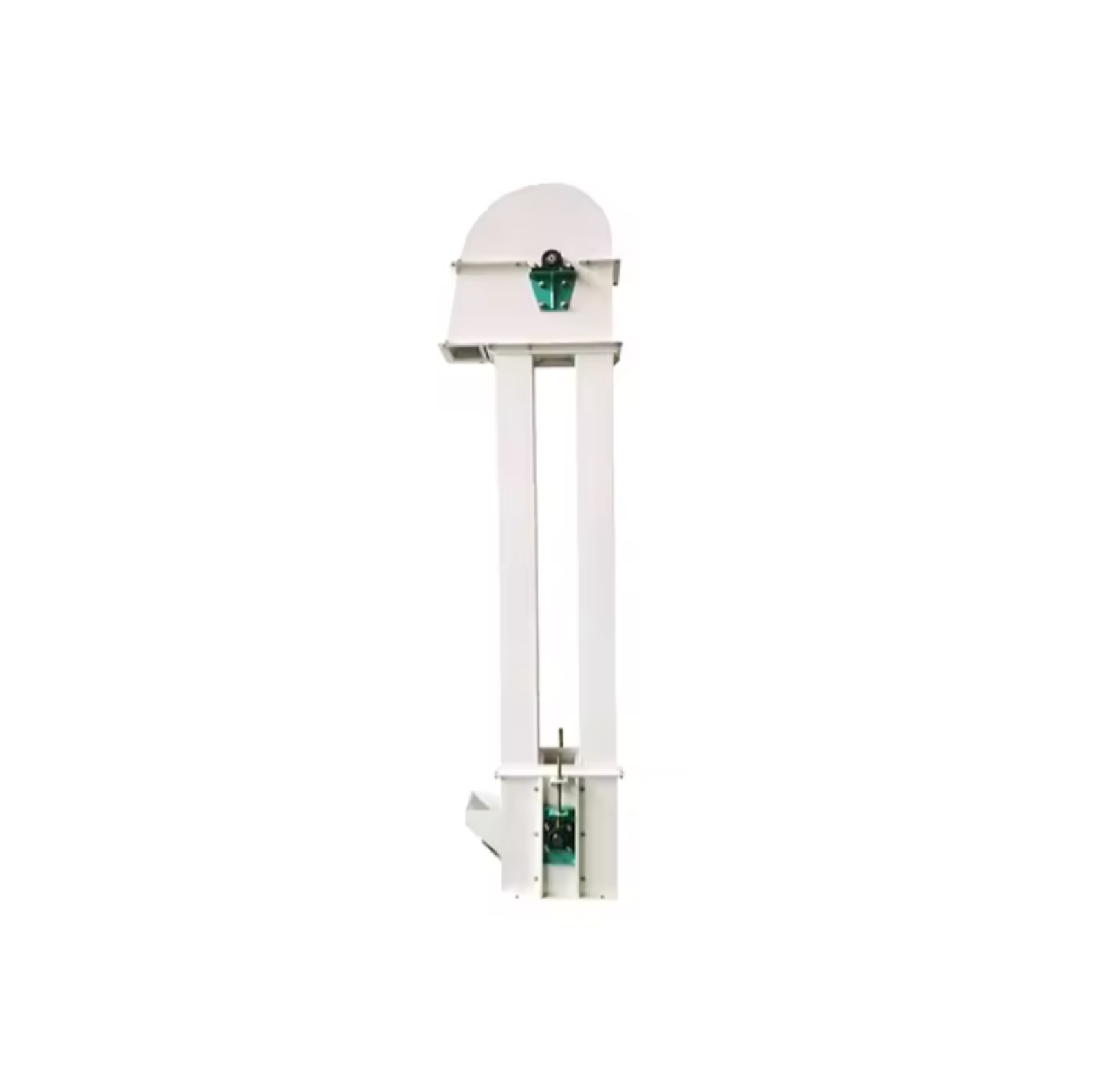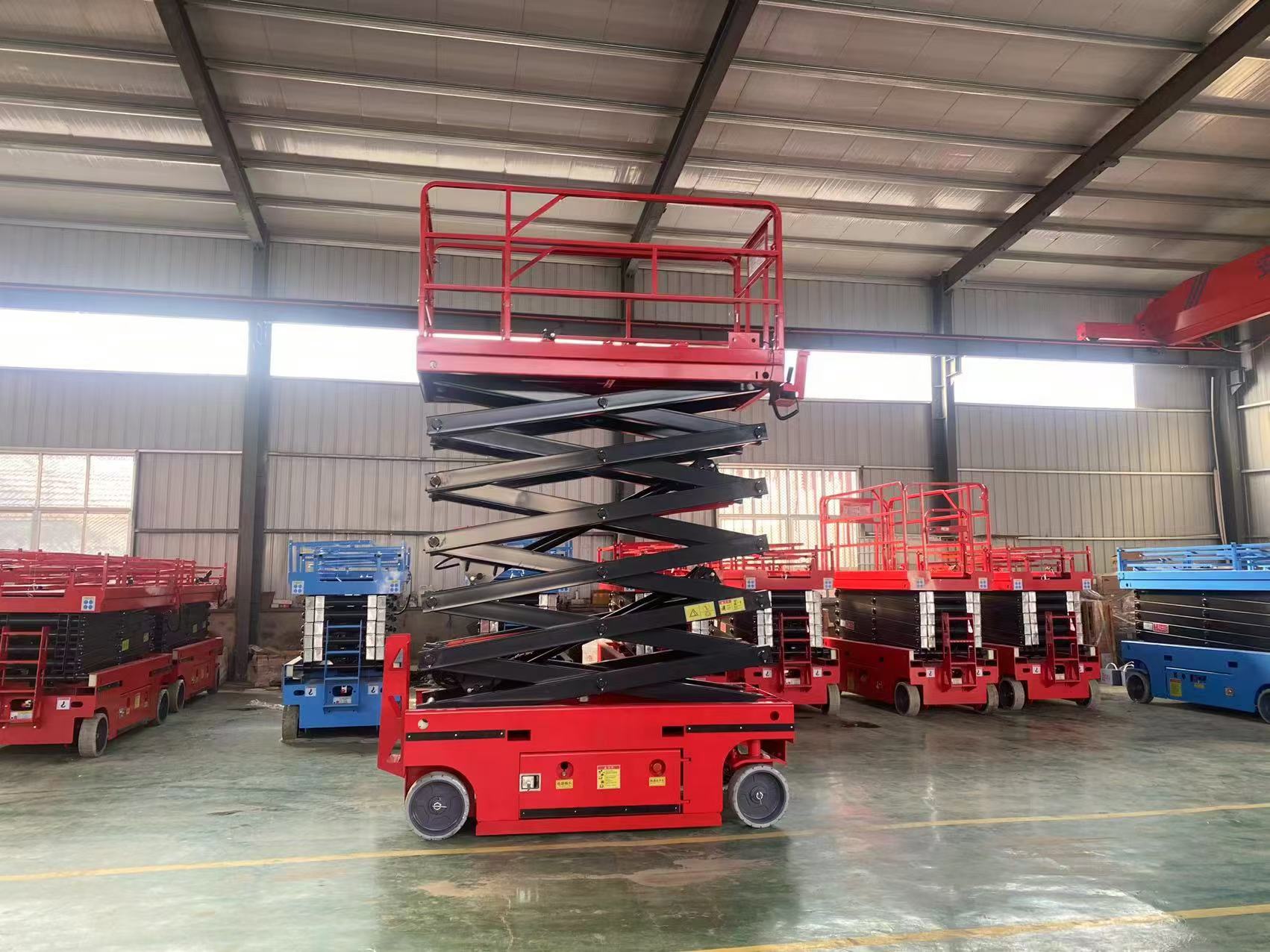In the rapidly developing industrial field, automated conveying systems have become the key to improving production efficiency and equipment reliability. As an industry professional, I will provide you with in-depth guidance on effective operation and maintenance strategies for automated conveying systems.

Automated conveying systems are usually composed of conveyors, control systems, sensors and drive equipment. They work together to achieve efficient material transportation. Understanding the functions and characteristics of each component helps us make correct judgments during operation and maintenance.
1. Check before starting the equipment: Make sure all connected power supplies are normal, and check whether the sensors and drive components are working properly. Avoid starting the system when the equipment is faulty.
2. Set the correct operating parameters: According to production requirements, reasonably set the conveying speed and material type to achieve the best working effect.
3. Monitoring during operation: monitor various indicators in real time, detect abnormal problems in time, and ensure stable operation of the equipment.
1. Regular maintenance: Regularly check and maintain each component, including cleaning the conveyor belt, lubricating moving parts, etc., to ensure the normal operation of the equipment.
2. Troubleshooting: If any abnormal operation is found, the machine must be stopped and inspected in time to find out the cause of the fault and repair it to avoid greater losses.
3. Operator training: Regularly train operators to improve their operating skills and safety awareness to ensure safe and efficient operation of the equipment.

Through reasonable operation and regular maintenance, the automated conveying system can greatly improve production efficiency and reduce failure rate. I hope the above guide can help you better manage your equipment and promote the sustainable development of your enterprise.

